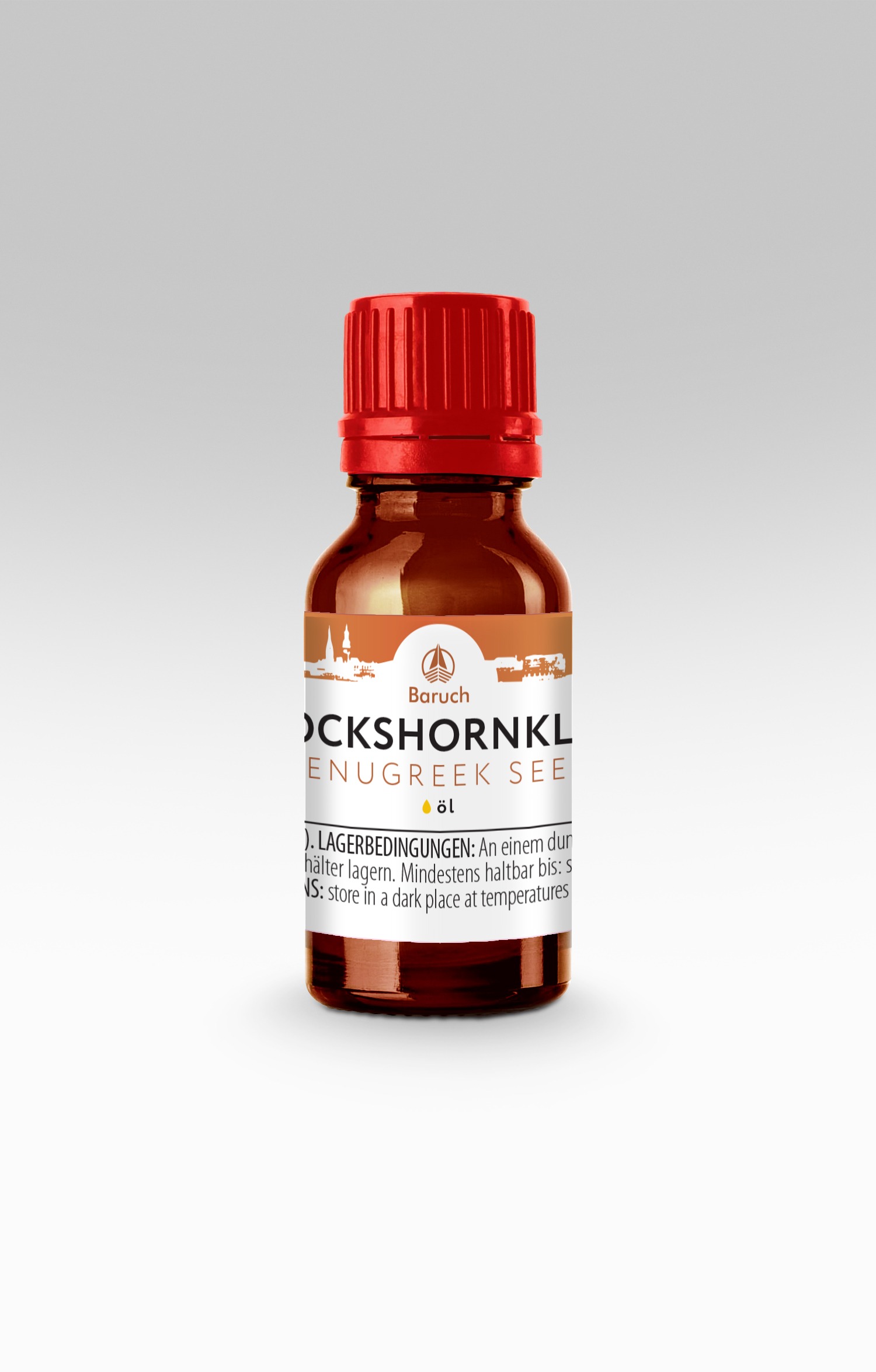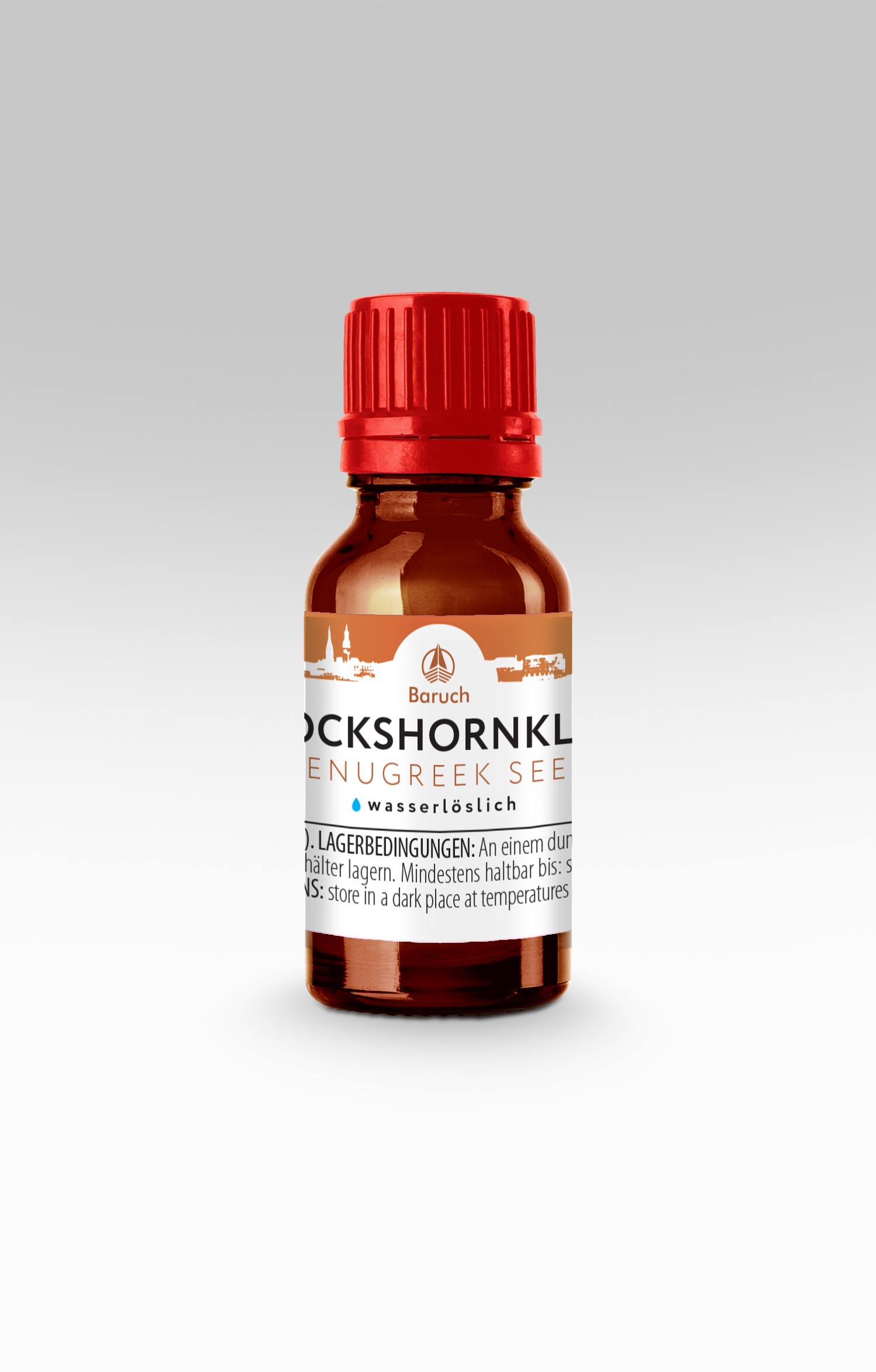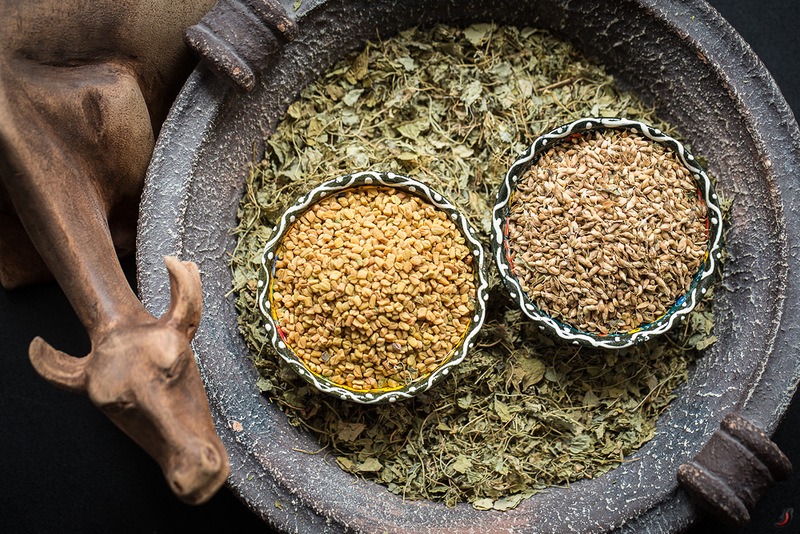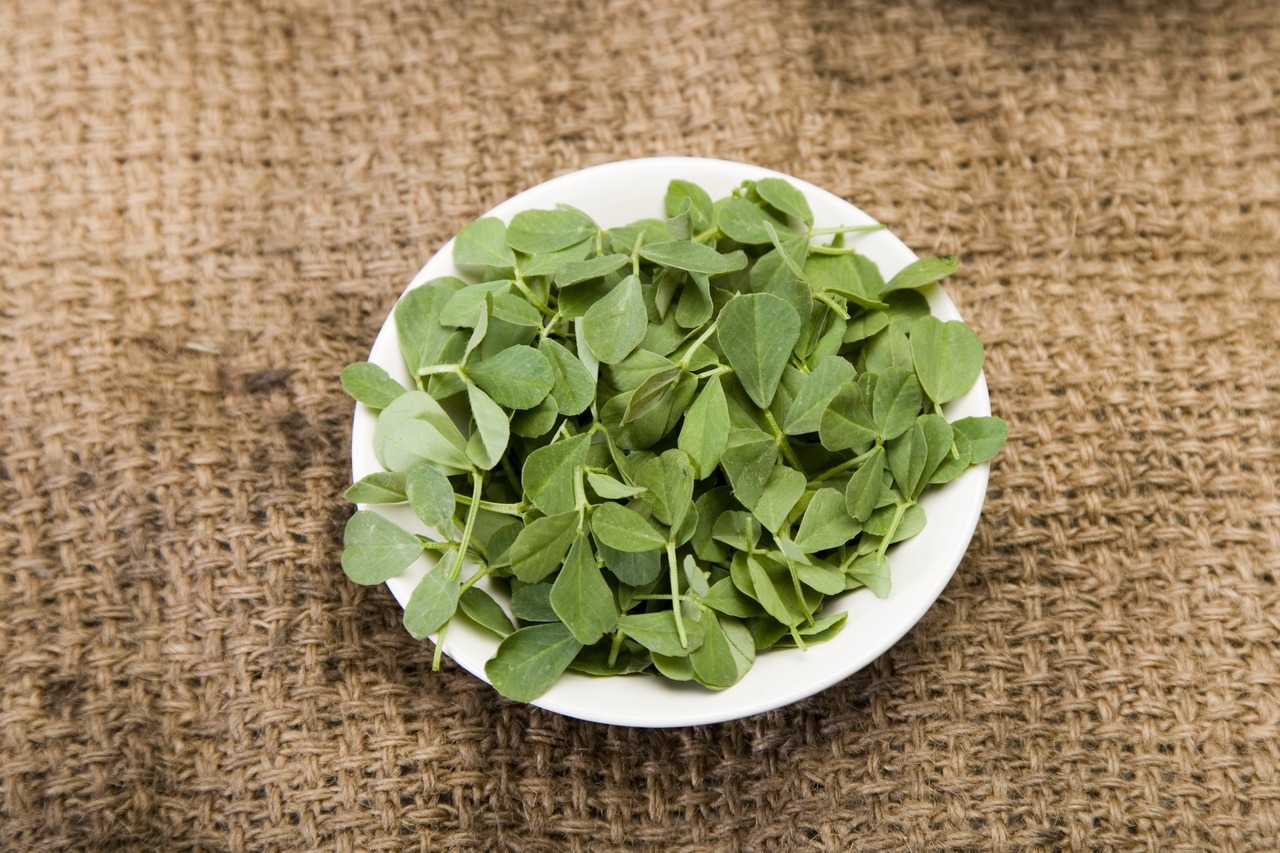Fenugreek (trigonella foenum-graecum) is also known as Greek hay.
The raw material for the production of CO2 extract is fenugreek seeds. It grows wild in the Mediterranean countries, the Caucasus and Crimea. Currently, it is grown in many countries during the long warm summer months.
Fenugreek is an indispensable spice in the preparation of many dishes of Eastern and Caucasian cuisine, such as hop suneli, adjika, curry, dry mix for boning basturma – chaman, Indian dishes – dahal -Soup.
Fenugreek CO2 extract is a yellow to greenish-brown viscous liquid with a pungent, spicy aroma and a pungent, sweetish taste.
Fenugreek has long been used in folk medicine primarily to improve the condition of Pregnant women in the last month, used for postpartum recovery and to increase milk production. It has been proven that fenugreek actively reduces the healing process of polycystic ovaries and cholesterol levels in the body. Pasenin, a drug that dissolves sclerotic plaques in the blood, is currently being produced from it. Trigonella contained in fenugreek stimulates the renewal and development of brain cells. Fenugreek actively improves intestinal motility. Fenugreek tea gives energy and a good mood. A variety of substances with antioxidant properties make it possible to recommend fenugreek for the elderly.
Fenugreek is recognized as an active aphrodisiac, so it should be used with caution.


Chart 1. Main components of Fenugreek seed CO2 extract
| NAME | CONTENT IN% OF THE AMOUNT OF VOLATILE COMPONENTS | EFFECT |
|---|---|---|
| 1,8-Cineole | 29 | Antiseptic, expectorant. |
| Limonene | 9 | Effective against fungus, mold and bacteria. perfume fragrance. An effective repellent. Undesirable in cosmetic preparations for sensitive and allergic skin. |
| Sabinen | 6 | Stimulates menstruation, anthelmintic. |
| Myrcene | 3,5 | Gastroprotector, diuretic, pacemaker. |
| Pinene | 3 | Easily penetrates the epidermis and irritates the nerve endings, causing an intense rush of blood. Has an expectorant effect. |
| Linalyl Acetate | 2,5 | Carminative. component in perfumery. |
| Linolool | 1,5 | Antimicrobial. component in perfumery. |
| Vitamin E (α-tocopherol) | 1,5 | For muscular dystrophy, skin diseases, antioxidant, for infertility, spasms of peripheral vessels. |
A
Chromatography-mass spectrometry studies of fenugreek CO2 extract found more than 100 common compounds, of which 40 were identified.
In cosmetics and cosmetology, CO2 extract from fenugreek can be recommended for the following purposes:
- Used to treat boils, cuts, eczema, irritation and rashes
- As a highly effective anti-cellulite agent
- As an anti-acne remedy
- CO2 extract from fenugreek has an active whitening effect and allows you to eliminate age spots on the skin
- To treat hair loss
- Masks with CO2 extract from fenugreek moisturize and care for the skin
- As a remedy for corns, calluses and cracks on the feet
In food production, Fenugreek CO2 extract is used in the confectionery, meat and canning industries, as well as for the production of dry spices and sauces.
Fenugreek CO2 extract microemulsion is used as an ingredient in vegetable juices and juice blends, jellies, in meat and vegetable marinades and as an additive in various functional drinks.
Chart 2. Application amounts, recommendations for use and storage of Fenugreek CO2 extract
| Food usage rates | Item A100: 0.003% (30 g per ton) Water-soluble microemulsions EMA1: 0.1% (1 l per 1000 l or 1 ml per liter) |
| Application rates in cosmetics | Item А10: 1-3% Item А100: 0.1-0.3% |
| Recommendations for use | It is recommended to add CO2 extracts in the final stages of preparation, in the cooling phase of the end product. |
| Storage Instructions | It is recommended to store CO2 extracts in a closed container in a cool room and avoid direct sunlight. |
Historical reference

Fenugreek was used in ancient Egypt as a remedy for women, and in later times it was recommended by Avicenna. The ancient Greeks used fenugreek to treat sick horses. As a remedy for hair loss, fenugreek was used by the first emperor of the West – Charlemagne, and the Benedictine monks generalized and gained experience in the use of this plant in medicine. In Russia, fenugreek was also actively used by healers.
